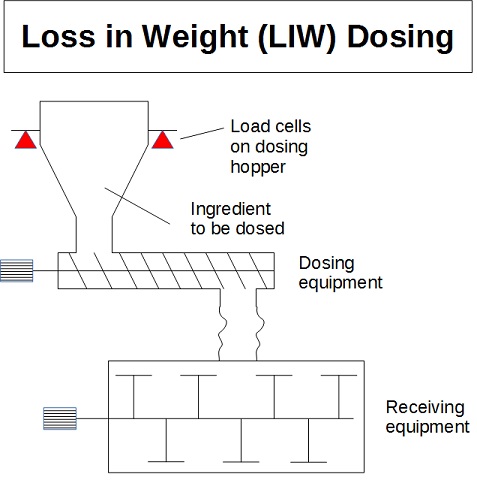
Technical consultation:
sales@drymixer.com
- 1. High Uniformity
- 2. Short mixing time,High Efficiency
- 3. 80% loading rate
- 4. Time saving,Energy saving,Space saving,Money saving.
- 5 Small damage to the original appearance of powders.
- 6. Solve the problem of ultra-fine powder mixing.
- 7. Solve the problem of light-heavy powder mixing.
- 8. Effectively solve the problem of uniform mixing diffuculty of trace elements

- 1. The important factor influenci
- 2. Particle size - an important
- 3. Powder fluidity is a double-edged sword
- 4. Pretreatment of powder mixture
- 5. Powder mixing principle introduce
- 6. Traditional powder mixers' adv
- 7. Selection of blending equipment
- 8. The basis of the uniform blending of powder
- 9. How to find the cause of mixing bad uniformity
- 10. Super light powder mixing precautions
- 11. Super fine powder mixing precautions
- 12. How to mix bad liquidity powder?
- 13. How to mix trace elements
- 14. A solution for powder's good
- 15. How does the dummy particles

Powder granule dosing systems in powder process equipment

Principles of dosing
An essential component of any dosing system is the loading unit. The load cell will measure the force applied and translate it to a weight that is readable by the user and can be used for running the process.
This section is touching 2 main ways to dose found in the industry : Gain-in-Weight dosing and Loss-in-Weight dosing. The key difference in between those 2 dosing approaches is the position of the load cells.
Gain-in-Weight dosing (GIW)
The dosing Gain-in-Weight is done by measuring weight of a hopper located after the dosing instruments. It is somehow similar to what many cooks do in the kitchen when they weigh on a scale the quantity of product required for their recipe.
Several ingredients from several hoppers can be dosed to the hopper on loading unit. A restriction is however that the dosing must be sequential. Since the weight is measured by the hopper downstream, if all ingredients are dosed at the same time, the dosing cannot be tracked anymore. On the other side, such sequential dosing can be done in advance while the rest of the process after the dosing hopper is occupied at performing other tasks. It is called dosing in hidden time.
Figure 1 : Dosing principle for a Gain in Weight system
Loss-in-Weight dosing (LIW)
Contrary to GIW dosing, the hopper on load cells driving the dosing is located above the dosing instrument. It means that, when the dosing instrument runs and deliver the product, the weight of the hopper from which the product is taken is decreasing, it is losin weight.
It means that different dosing to the same equipment (a mixer for example) can be performed independently which can represent a gain of time. On the other hand, the dosing cannot be performed in hidden time since the equipment receiving the powder needs to be free. It could still be possible to combine the advantage of both technics (LIW and GIW) by dosing LIW to a hopper. All dosing can be done at the same time. while it can be performed in hidden time regarding the rest of the process. However, this solution should be reserved to very specific cases since it requires more equipment, height and pose the problem of making sure that all the ingredients dosed to the hopper can be discharged properly.
Continuous dosing systerm
By its nature, Gain-In-Weight dosing is a batch operation and therefore cannot be applied for continuous dosing. Wherever continuous dosing is required (feed of a mixer for example), it will have to be done by Loss-In-Weight feeders. Several feeders can be used at the same time to feed the process downstream. Such application requires however complex automation for the LIWF. The control of the LIWF is actually mainly aiming to filter the perturbations that may occur on the LIWF loading unit. during the dosing.







 DIASRIOUTION NETWORK
DIASRIOUTION NETWORK